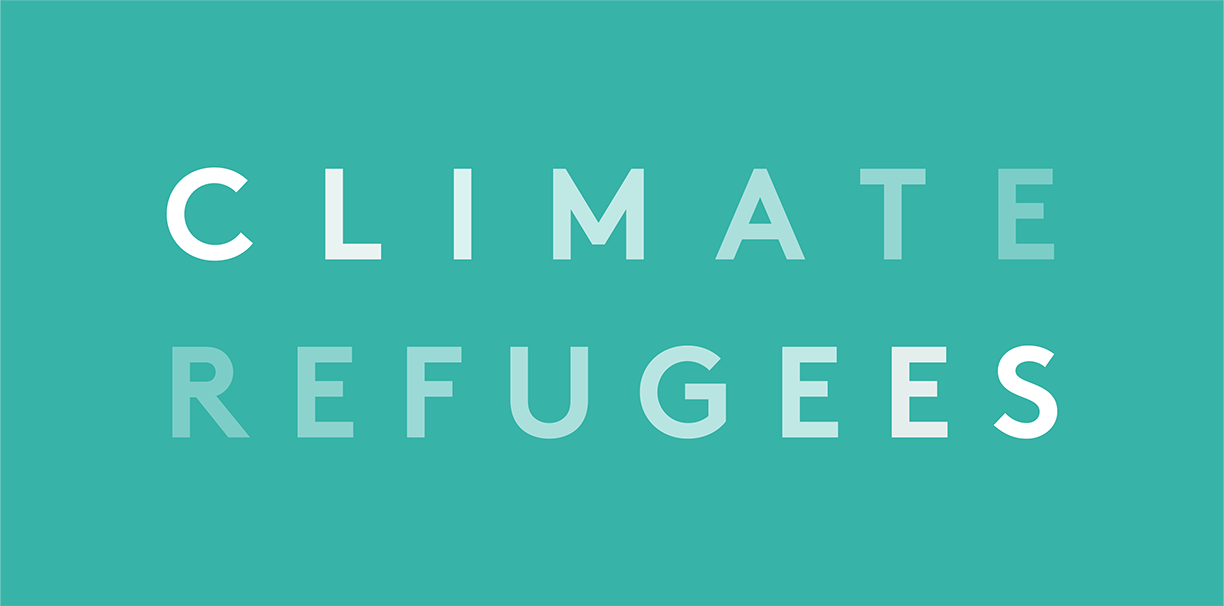Podcast: When Climate Hits Home
In this podcast, Foreign Policy speaks to Ama Francis, a native of Dominica and a climate law fellow at Columbia Law School’s Sabin Center for Climate Change Law about ways to change immigration policy to help those whose homelands have been destroyed. Hurricane Maria destroyed much of Dominica in 2017, forcing 20% of the island’s inhabitants to permanently leave due to loss of their homes, jobs and livelihoods. The hurricane devastated the economy with 224% GDP loss and brought home the prescient threat of climate change. Francis states that although island states have fewer people displaced by disasters per capita, they rank in the top 10 of states most severely impacted by displacement risk with 5.9% of populations displaced each year by sudden onset climate events. These disasters and displacements have lasting effects for generations and erodes countries’ development opportunities as was the case with Dominica's last hurricane in 1979, which forced families to leave permanently when schools shut down for months and the economy came to a standstill. The development loss is felt for decades when revenue from tax gains are eroded and eventually, that economic loss is felt deeply when climate resilience policies meant to help people stay in place asks populations to construct according to new building codes that can withstand a category 5 hurricane are impossible when people lack the means to even buy the materials.
Francis says migration can be an opportunity for people moving and for sending and receiving countries and does not have to be seen in the current light of despair. She states that planning is the key and laws and policies that allow people to move before a disaster strikes affirms human dignity by allowing for choice before people are faced with no choice. One way this is possible is by matching countries like Dominica with countries facing a labor gap, like Canada. Pointing to existing free movement agreements such as in the EU and among 120 countries, she calls for further legal structures that help people to move and less focus on the false narrative of migration contributing to political instability and security threats. The free movement agreements are not open borders, rather they are regional trade agreements that allow people to move for work through easing of visa requirements, for example, that further mutually beneficial travel.
Development actors like USAID spend a lot of money trying to help people stay in place, and while that is good since that is their right and many people want to stay in their countries, Francis says, we must also create situations for people to develop and move, if necessary. (Our note: as is their fundamental human right as well!)
Asked if rich countries owe developing countries for their part in contributing to global warming, Francis says they owe resource sharing in financial terms, jobs, education and opportunities for robbing of the “global commons.” (Foreign Policy)








